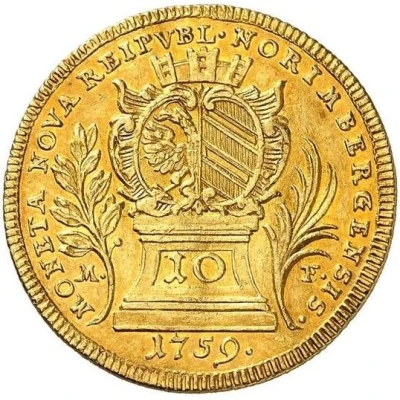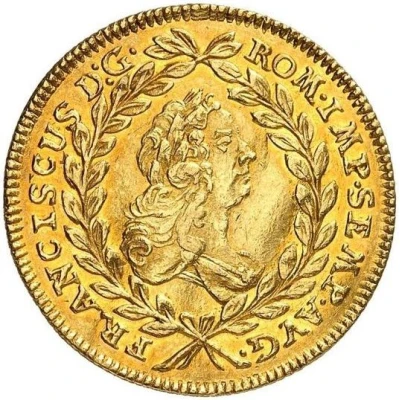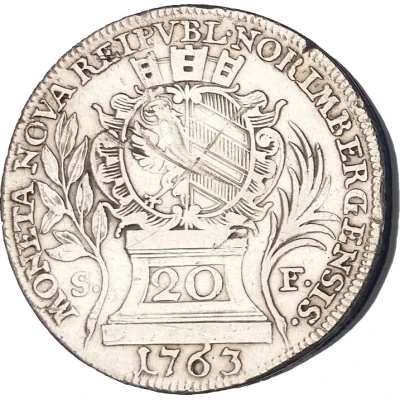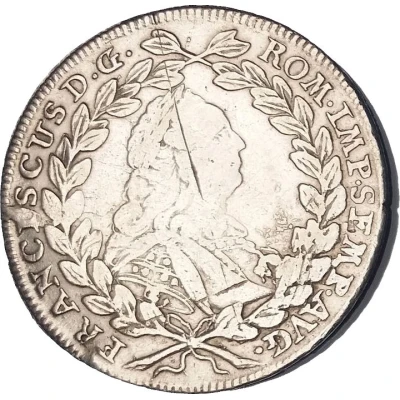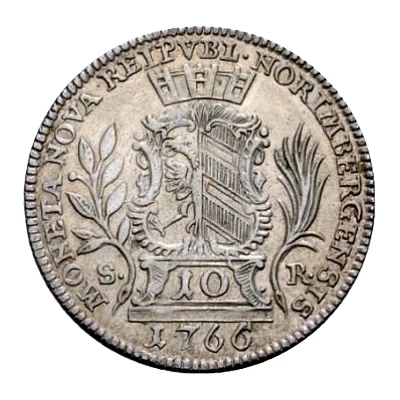
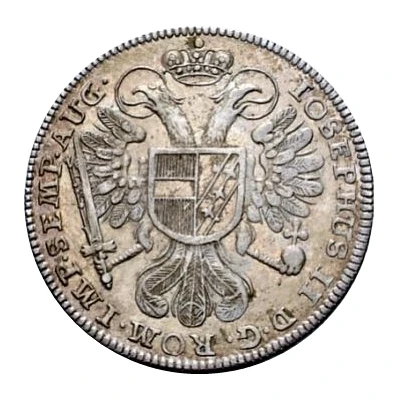

© Hess Divo
10 Kreuzer
1766 year| Silver | - | 25 mm |
| Issuer | Free imperial city of Nuremberg (German States) |
|---|---|
| Period | Free City (1219-1806) |
| Type | Standard circulation coin |
| Year | 1766 |
| Value | 10 Kreuzers (1⁄12) |
| Currency | Konventionsthaler (1754-1807) |
| Composition | Silver |
| Diameter | 25 mm |
| Shape | Round |
| Demonetized | Yes |
| Updated | 2024-10-05 |
| Numista | N#132857 |
|---|---|
| Rarity index | 97% |
Reverse
Crowned imperial eagle with arms on chest.
Script: Latin
Interesting fact
The 10 Kreuzer coin from Nuremberg was minted during a time of great economic and political change in Europe. The coin was issued during the reign of Emperor Francis I, who was the first emperor of the House of Lorraine and ruled from 1745 to 1765. During his reign, there was a significant increase in trade and commerce, which led to the need for a more standardized system of currency. The 10 Kreuzer coin was one of the coins that was minted as part of this effort, and it features the coat of arms of the Free Imperial City of Nuremberg on one side and the imperial eagle on the other. It's worth noting that the coin was made of silver, which was a valuable and widely used metal at the time. The use of silver in coins was a sign of the city's wealth and prosperity, and it was a symbol of the city's importance in the region. Overall, the 10 Kreuzer coin from Nuremberg is an interesting piece of history that provides insight into the economic and political climate of Europe during the 18th century.
